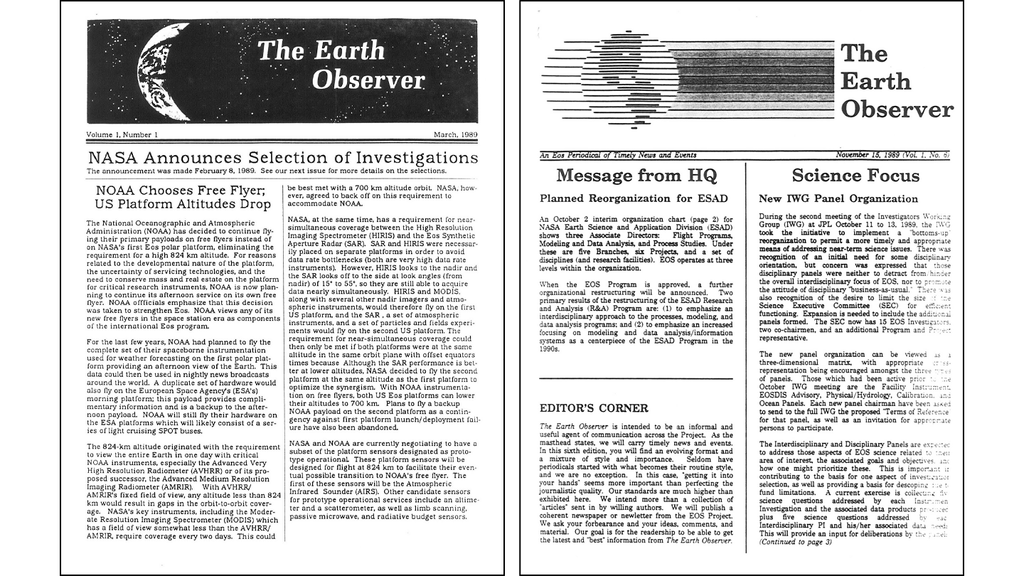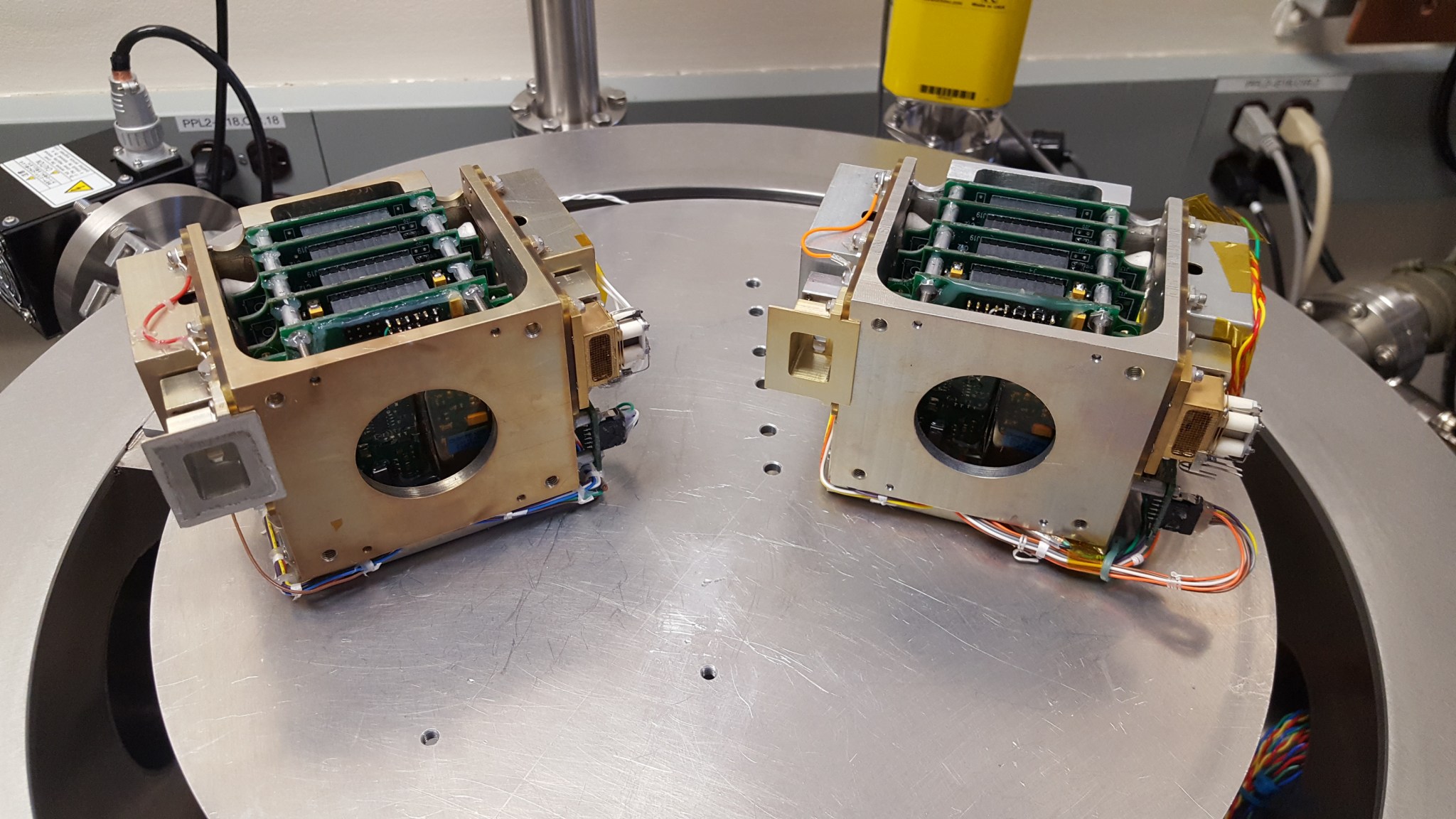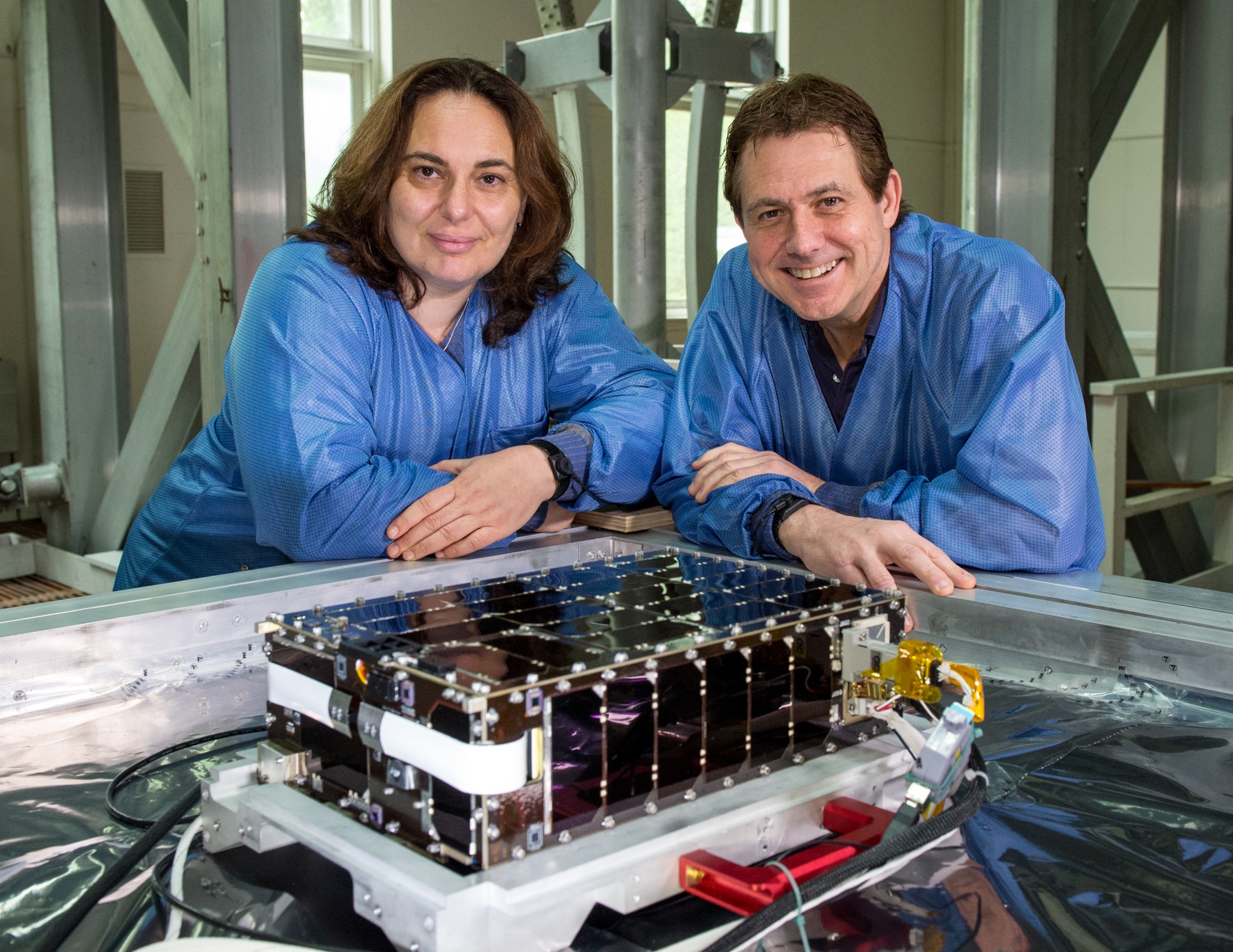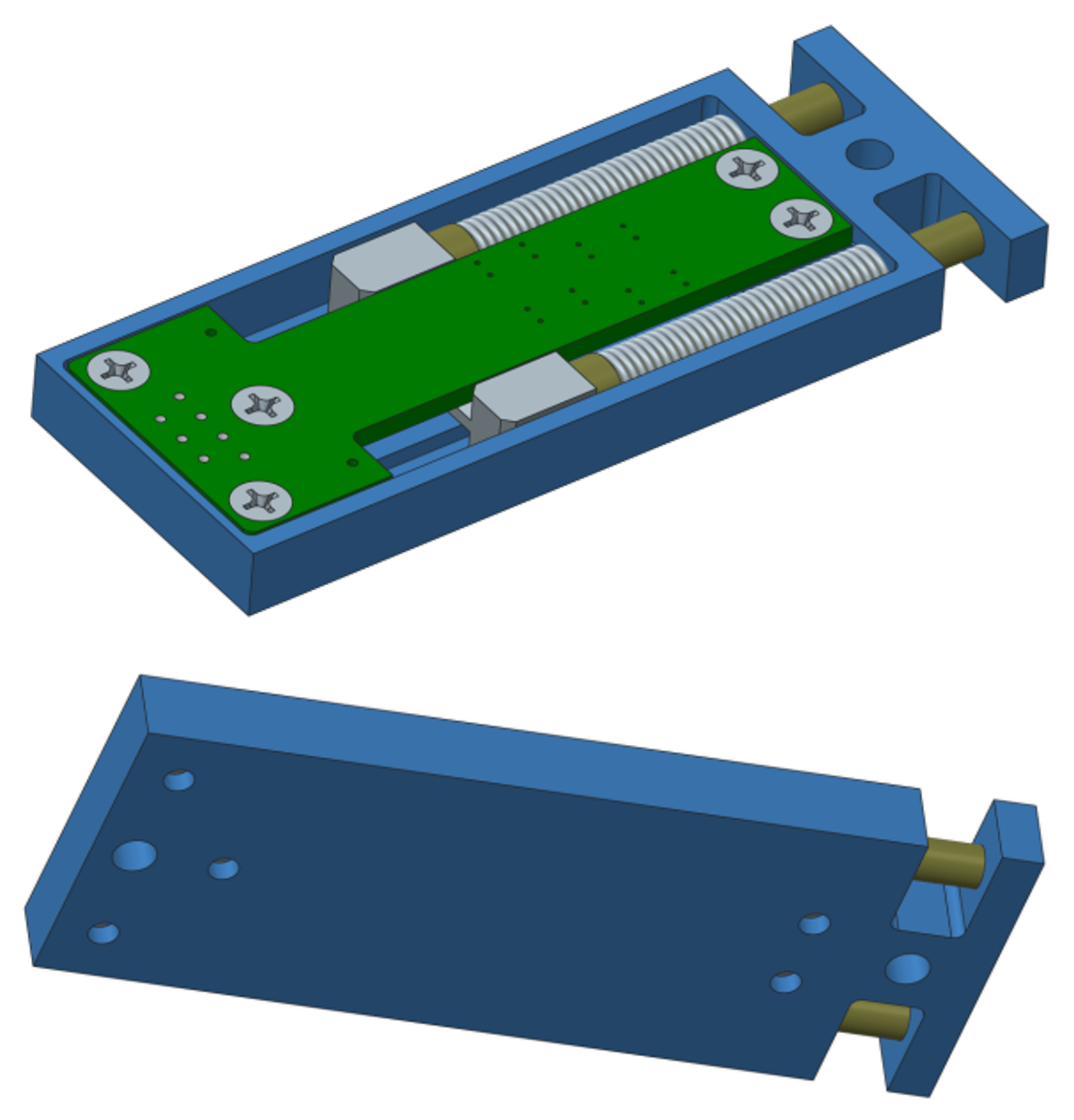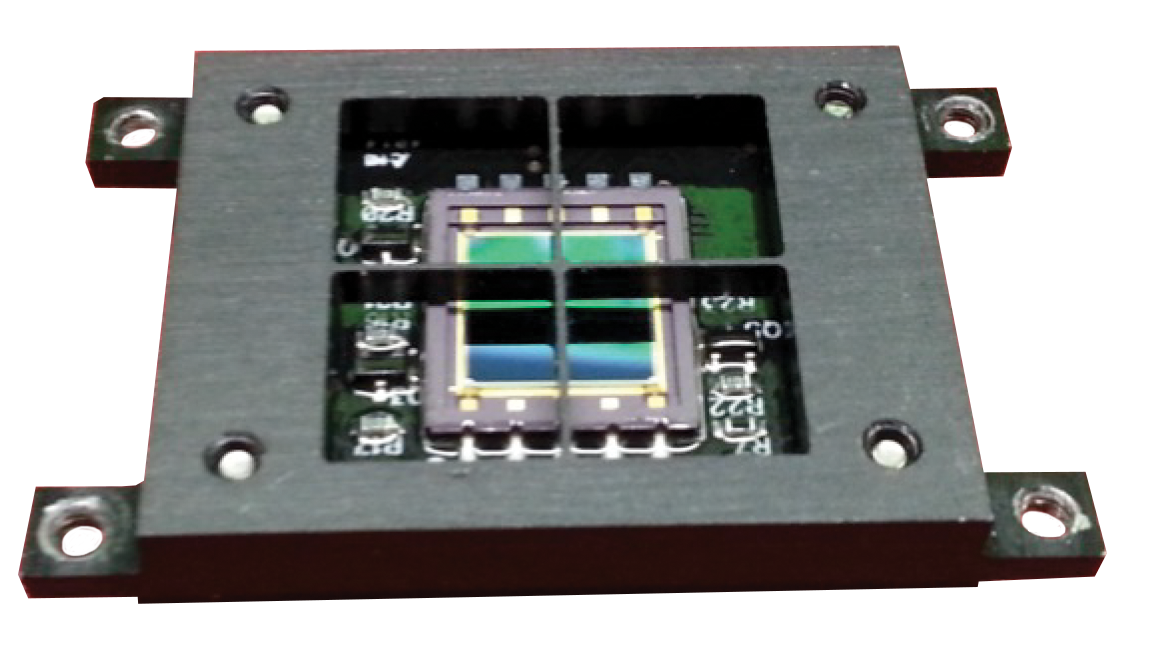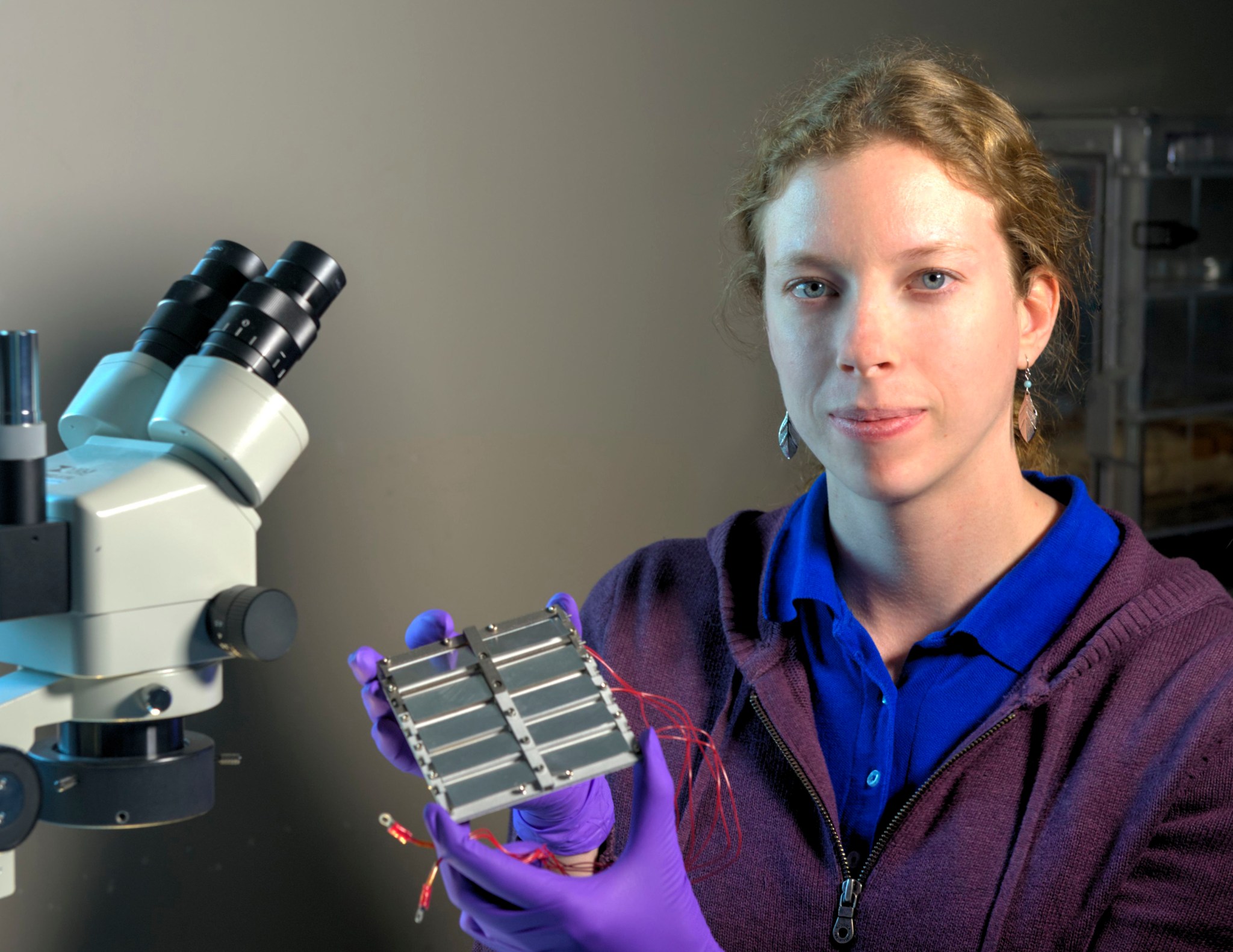Along for the ride on Dellingr’s maiden journey is a suite of miniaturized NASA-developed technologies — one no larger than a fingernail — that in many cases already have proven their mettle in suborbital or space demonstrations, boosting confidence that they will perform as designed once in orbit.
Scientists and engineers at NASA’s Goddard Space Flight Center in Greenbelt, Maryland, built all the instruments, primarily with research-and-development program funding.
Ion-Neutral Mass Spectrometer
The Ion-Neutral Mass Spectrometer, developed by Goddard Principal Investigator Nikolaos Paschalidis and his team in less than a year, is a complicated instrument designed to sample the densities of neutral and ionized atom species in the atmosphere. During the Dellingr mission, it will measure the equatorial ionosphere, the atmospheric layer that affects the transmission of radio waves.
The team initially flew the instrument on a previous CubeSat mission. Although the instrument gathered “beautiful” ion-composition counts of hydrogen, helium, and oxygen, the CubeSat bus proved unreliable and the mission was aborted six months after launch, Paschalidis said.
“The immediate plan with Dellingr is to extensively prove the instrument’s functionality. Assuming all goes well, we want to collect as much data as possible, calibrate for spacecraft attitude and location, analyze the data, and plot ion and neutral composition and densities as a function of orbit. This by itself is a unique data set,” Paschalidis added.
Boom and No-Boom Magnetometer Systems
Two miniaturized magnetometer systems, developed by Goddard Principal Investigators Eftyhia Zesta and Todd Bonalsky, also were successfully demonstrated earlier this year aboard a sounding-rocket mission from Poker Flats, Alaska. On Dellingr, these instruments are expected to show a dramatic improvement in the accuracy and precision of miniaturized magnetometers by using a never-before-tried technique involving boom and no-boom systems.
Included in this observing technique is one thumbnail-sized magnetometer positioned at the end of a deployable boom and a couple sensors positioned inside Dellingr. The purpose of the internal sensors is measuring the magnetic fields, or “noise,” generated by the spacecraft’s torquers, solar panels, motors, and other hardware. Sophisticated algorithms that Zesta’s team created then will analyze the external and internal magnetometer data to subtract spacecraft-generated noise from the actual science data.
“CubeSats, like any spacecraft, will be noisy; they are magnetically unclean,” Zesta explained, adding that to avoid the problem in more traditional spacecraft, the magnetometer is placed at the end of a long boom. “Even with a one-meter (three foot) boom — unless there is a magnetic cleanliness program — you will need to use algorithms to get rid of bus noise. Algorithms are the only way to get scientific value from your data.”
In comparison, the Dellingr the boom is only about 22-inches long and it is not magnetically clean, Zesta said. “We absolutely needed to develop noise-cancellation algorithms if we wanted to get any useful science data.”
The Diminutive DANY
Deploying the magnetometer boom and UHF antenna is a miniaturized device called the Diminutive Assembly for Nanosatellite Deployables, or DANY. Created by technologist Luis Santos, it acts as a pin puller.
It operates much like a car-door latch. Affixed to the exterior of Dellingr, it holds the boom and antenna in place during launch and then, upon command, applies a current that activates a heating element, which weakens a plastic device holding the retaining pins. Once Dellingr reaches its intended obit, the satellite activates the heating element and the deployables will swing open to begin operations.
Goddard Fine Sun Sensor
Another technology making Dellingr’s debut flight is the Goddard Fine Sun Sensor, or GFSS, designed specifically for CubeSats. The panel-mountable device will gather digital data orienting onboard instruments to the sun. As with the other Dellingr instruments, improvements are afoot. Principal Investigator Zachary Peterson is taking lessons learned from the Dellingr effort to improve GFSS’s accuracy and lower its power consumption. Other flight opportunities are planned.
Thermal-Control Technology
In addition to gathering or enabling the collection of scientific data, Dellingr will demonstrate technology. Principal Investigator Allison Evans is miniaturizing an older thermal-control technology that requires no electronics and consists of louvers that open or close, much like venetian blinds, depending on whether heat needs to be conserved or shed. During the flight, she wants to prove the louvers will operate as expected in a space environment.
The device consists of front and back plates, flaps, and springs. The back plate is painted with a white, highly emissive paint and the front plate and flaps are made of aluminum, which aren’t as emissive. The bimetallic springs do all the work. They are made of two different types of metal. Attached to the highly emissive back plate, the springs uncurl if one of the metals gets too hot, forcing the flaps to open. When the spring cools down, it reverts to its original shape and the flaps close.
For the Dellingr demonstration, Evans is flying just one flap/spring combination to help mature the technology in preparation for future missions where the miniature thermal louvers would be an integrated part of the thermal design. “A mission with a temperature-sensitive instrument or a component that sheds significant amounts of heat only occasionally would be a good candidate for this technology,” she said.
For more technology news, go to https://gsfctechnology.gsfc.nasa.gov/newsletter/Current.pdf
For more on the Dellingr launch and mission see this feature story: https://www.nasa.gov/feature/goddard/2017/nasa-set-to-launch-dellingr-cubesat-purposely-designed-to-improve-reliability-of-small-0
By Lori Keesey
NASA’s Goddard Space Flight Center
















